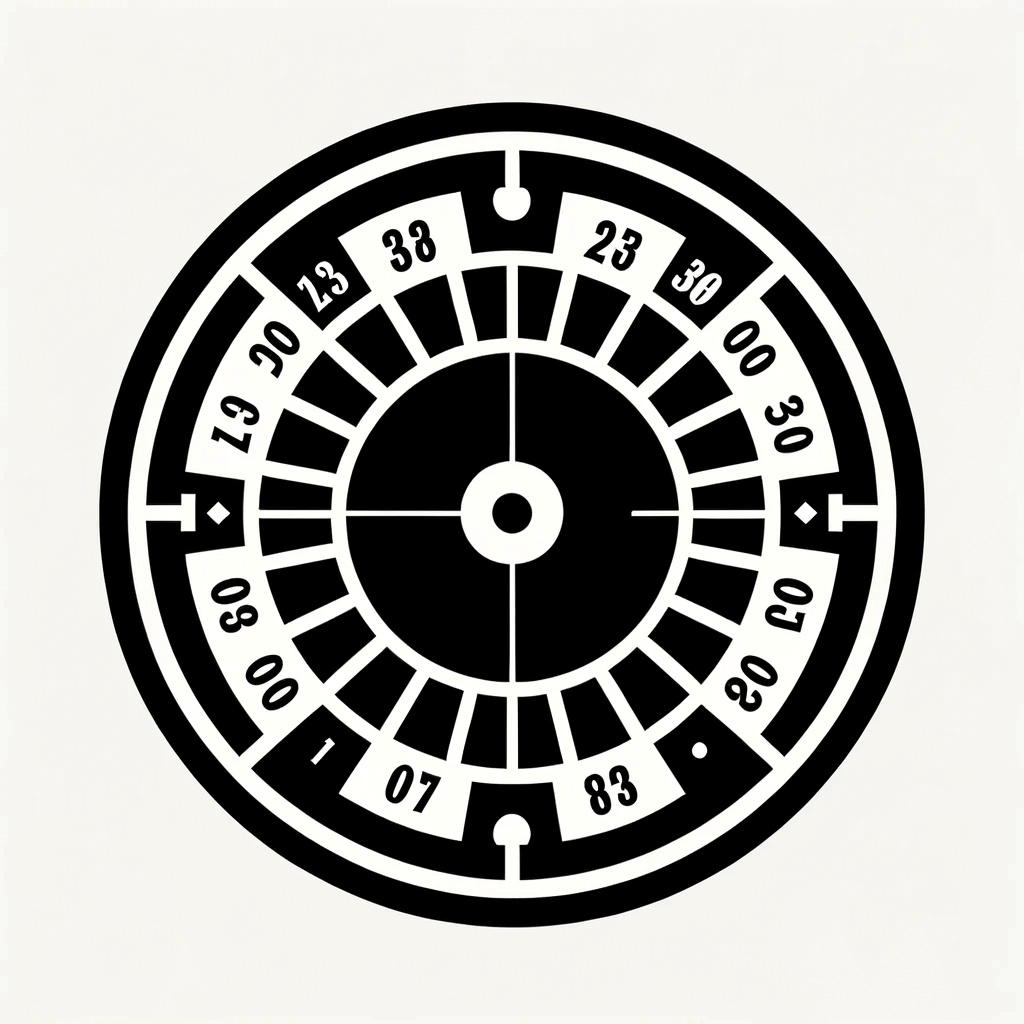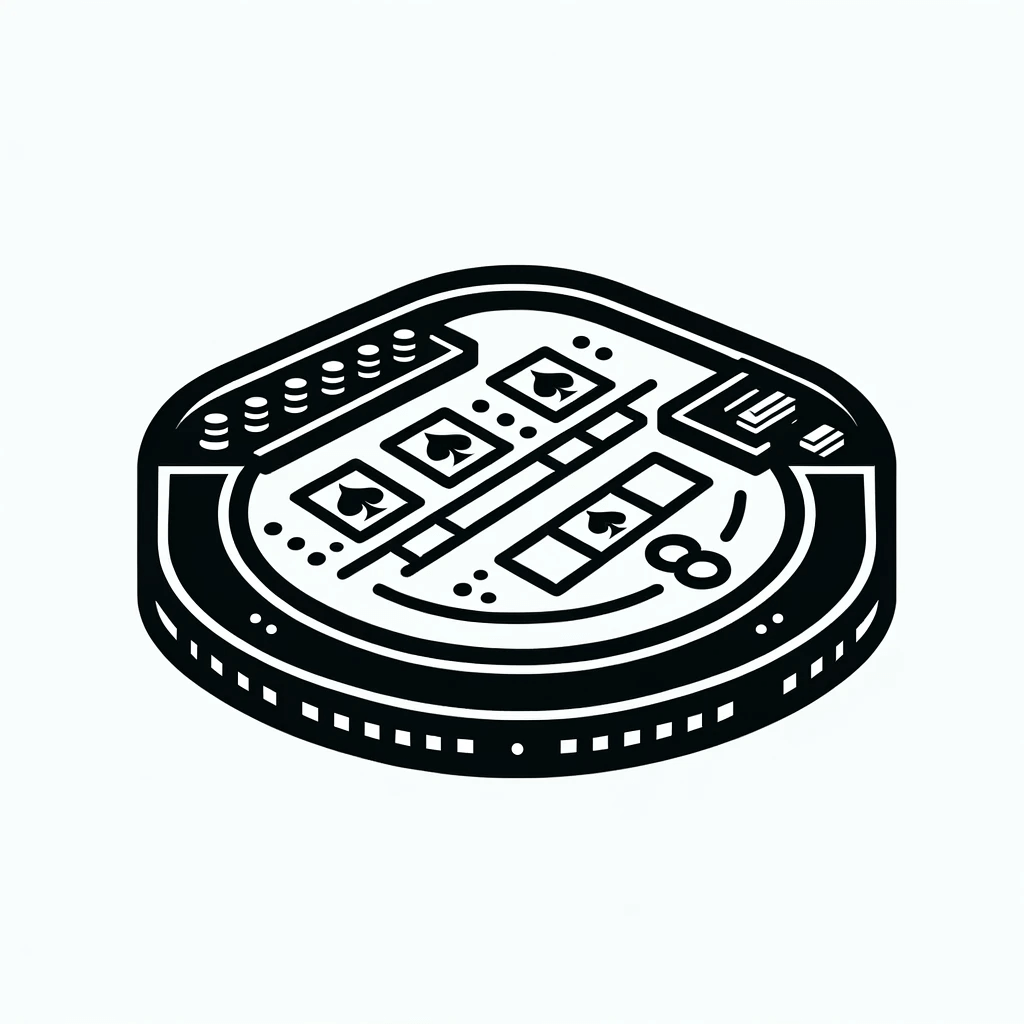Japan, a country renowned for its technological innovation and cultural richness, has been embracing Ethereum casinos with open arms. These digital currency-based casinos offer a new, exciting, and secure way for Japanese players to indulge in online gambling.
The Advantages of Using Ethereum in Online Casinos
Ethereum casinos in Japan offer several benefits over traditional online gambling platforms. Key among these is the use of Ethereum as the primary currency, ensuring fast, secure, and anonymous transactions. The decentralized nature of Ethereum also means gaming experience without worrying about the involvement of third-party financial institutions. This approach not only enhances privacy but also reduces transaction fees and processing times, making Ethereum casinos a preferred choice for many Japanese players.
The Advantages of Using Ethereum in Online Casinos
Pros
- Fast and Secure Transactions
- Enhanced Privacy and Anonymity
- Reduced Transaction Fees
- Provably Fair Gaming
- Global Accessibility
Cons
- Volatility of Ethereum Value
- Regulatory Uncertainty in Some Regions
- Technical Knowledge Required
- Limited Ethereum Casino Options
Popular Ethereum Casino Games in Japan
The array of games available in Japanese Ethereum casinos is extensive and varied, catering to different tastes and preferences. Players can enjoy classic games like slots, blackjack, roulette, and poker, as well as uniquely Japanese offerings such as Pachinko. These games are not just entertaining; they are also designed with high-quality graphics and engaging gameplay, ensuring a top-notch gaming experience. The use of Ethereum also allows for provably fair gaming, which is a significant draw for players who value transparency and fairness in gambling.
Top Ethereum Casinos for Japanese Players
ETHPLAY Casino: A Premier Ethereum Gambling Destination
- Wide Range of Games: From popular slots to live casino games, and classic table games like Blackjack and Roulette.
- Benefits of Ethereum Gambling: Enjoy transparency, anonymity, fast transactions, and global accessibility.
- User-Friendly Experience: Easy registration, instant deposits and withdrawals, and a focus on player privacy.
Stake Casino: A Modern Crypto-Gaming Platform
- Exclusive Game Selection: A diverse range of unique and traditional games, tailored for Ethereum gamers.
- High Security and Fairness: Stake offers provably fair games with top-notch security measures.
- Innovative Features: Regular promotions, tournaments, and a dynamic gaming environment.
Bitstarz Casino: Leading the Way in Crypto Gaming
- Versatile Gaming Options: A mix of crypto-based and traditional casino games.
- Exceptional Customer Support: Award-winning service with a player-centric approach.
- Quick and Reliable Payouts: Known for its fast transaction processing and reliable payouts.
Navigating the Future of Ethereum Casinos in Japan
The future of Ethereum casinos in Japan is not just promising but also indicative of a major shift in online gambling dynamics. This change is fueled by several factors:
- Increasing Popularity Among Players: A growing number of Japanese players are showing interest in Ethereum casinos. This surge in popularity can be attributed to the unique blend of anonymity, security, and speed offered by Ethereum transactions. The Japanese market, known for its quick adoption of technological advancements, is finding Ethereum casinos particularly appealing.
- Technological Advancements: The integration of blockchain technology is revolutionizing the gambling industry. Ethereum casinos ensure transparency in gaming outcomes using smart contracts, which are self-executing contracts with the terms of the agreement directly written into code, leaving no room for manipulation.
- Enhanced Player Trust: The provably fair nature of games in Ethereum casinos is attracting players who value fairness and transparency. This system allows players to verify each bet’s fairness, ensuring that the outcome of a game is not manipulated.
- Regulatory Landscape: Japan’s regulatory stance on cryptocurrency is relatively progressive. The recognition of Bitcoin as a legal payment method in 2017 set a precedent for the acceptance of other cryptocurrencies like Ethereum. As regulations evolve to keep pace with technological advancements, Ethereum casinos are expected to gain further legitimacy and popularity.
Conclusion
Ethereum casinos are carving a new niche in Japan’s online gambling landscape. Here’s why they are more than just a passing trend:
- Blend of Security, Speed, and Fairness: Unlike traditional online casinos, Ethereum casinos offer a unique combination of security and speed, thanks to the Ethereum blockchain. Transactions are not only faster but also more secure, making them ideal for the online gambling environment.
- Increasing Crypto Popularity: The rising popularity of Ethereum and other cryptocurrencies in Japan is a key driver for the growth of Ethereum casinos. As digital currencies become more mainstream, their integration into online gambling platforms is likely to accelerate.
- Cultural Alignment: Japan’s fascination with technology and gaming creates a fertile ground for the growth of Ethereum casinos. The Japanese culture, which embraces innovation and technology, is well-positioned to adopt and popularize this new form of gambling.
- Economic Potential: The global online gambling market size was valued at USD 53.7 billion in 2019 and is expected to grow at a compound annual growth rate (CAGR) of 11.5% from 2020 to 2027. With Japan being a significant player in this market, Ethereum casinos stand to contribute substantially to this growth.

In conclusion, Ethereum casinos represent a significant and exciting shift in Japan’s online gambling industry. They offer a combination of benefits that align well with the technological and cultural landscape of Japan, making them poised for sustained growth and popularity.








